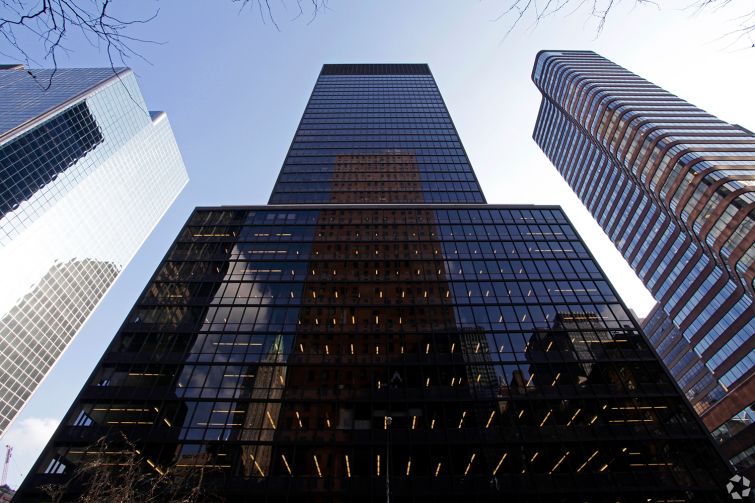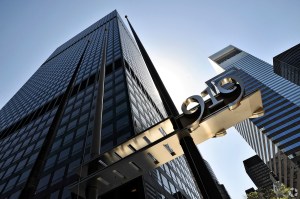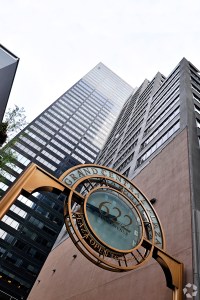Third Avenue Office Space is Now in High Demand for a Mix of Tenants
By Liam La Guerre October 28, 2015 11:01 am
reprints
Third Avenue is no longer the best-kept secret for office space in Manhattan.
Over the past two years, a myriad of companies have been coming to the Third Avenue Midtown East corridor—between East 39th Street and East 57th Streets—as an alternative to pricier Midtown addresses. And demand on Third Avenue is still increasing as new construction projects Downtown and on the Far West Side are asking astronomical rents.
The amount of available space along Third Avenue has been cut by nearly 50 percent, from almost 4 million square feet to just over 2 million, from the end of 2013 to the third quarter of 2015, according to a new Savills Studley report provided exclusively to Commercial Observer. And within the past year—from the final quarter of 2014 to the third quarter of 2015—there have been more than 900,000 square feet of leases signed on the corridor.
Third Avenue “offers a lot of value for tenants that are looking for discounted space or amenity-loaded buildings that are still close to transportation,” Heidi Learner, Savills Studley’s chief economist, who authored the report, told CO. “As new buildings come online, new construction tends to have higher asking rents. It is going to make asking rents on Third Avenue look that much more attractive.”

Average asking rents along the Third Avenue corridor are currently about $63 per square foot, while the number for Midtown South as a whole is $71 per square foot, according to the report. And Third Avenue may seem even more attractive, given rents are much higher for space in new construction projects such as the Hudson Yards development ($85 to $105 per square foot) or 1 World Trade Center ($81 per square foot) Downtown, according to the report.
Some notable deals within the last year on Third Avenue include Bloomberg signing leases totaling about 400,000 square feet in SL Green Realty Corp.’s 919 Third Avenue earlier this year, and WeWork’s 125,000-square-foot lease in December at Durst Organization’s 205 East 42nd Street between Second and Third Avenues, as CO reported. Also, legal industry tech provider Epiq signed a 50,000-square-foot sublease late last year to relocate to William Kaufman Organization’s 777 Third Avenue from 90 Park Avenue.
“I am seeing a lot of activity from tenants coming out from [Class] A or B-plus buildings on Park Avenue,” said Michael Lenchner of Sage Realty Corporation, the leasing and management arm of William Kaufman Organization. “Brokers are bringing tenants to Third Avenue that initially said ‘I didn’t want to go that far east.’”

Tenants moving into the Third Avenue corridor have been a mix of older financial services, consulting and law firms, which the area is historically known to house, and newer technology, advertising, media and information, or TAMI, tenants. But experts agree that the corridor can’t be considered a Silicon Alley-like tech sector yet. Instead, they say, it’s a much more diverse mix.
In a case in point, tech company EZE Software Group signed an 11-year lease for 25,000 square feet at Cohen Brothers Realty Corporation’s 622 Third Avenue earlier this year. And then in September, recruiting consulting agency Michael Page International signed a lease to relocate to a 26,500-square-foot space in the same property, as CO previously reported.
“I like the diversity,” said Marc Horowitz of Cohen Brothers Realty, who represented the landlord in-house in both transactions. “If any one sector sees trouble and you have most of your eggs in that basket, it affects the landlord’s side a lot. With diversity, you can mitigate your risk.”
Industry professionals also agree that the demand for Third Avenue office space will continue to be strong, so long as rents continue to balloon in other areas.
“I think it’s absolutely going to continue, because at the end of the day there is a bottom line for what you are paying in rent,” David Glassman of Colliers International said. “If you could save $5 to $10 per square foot in rent, you are absolutely going to consider it.”


